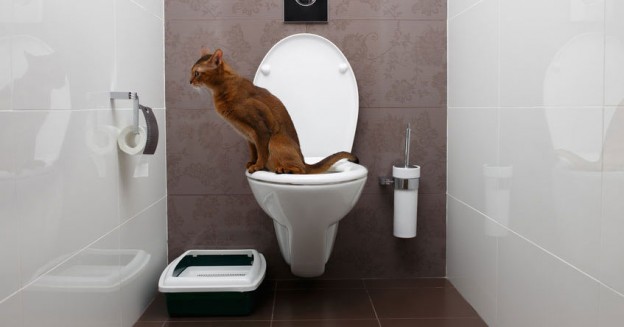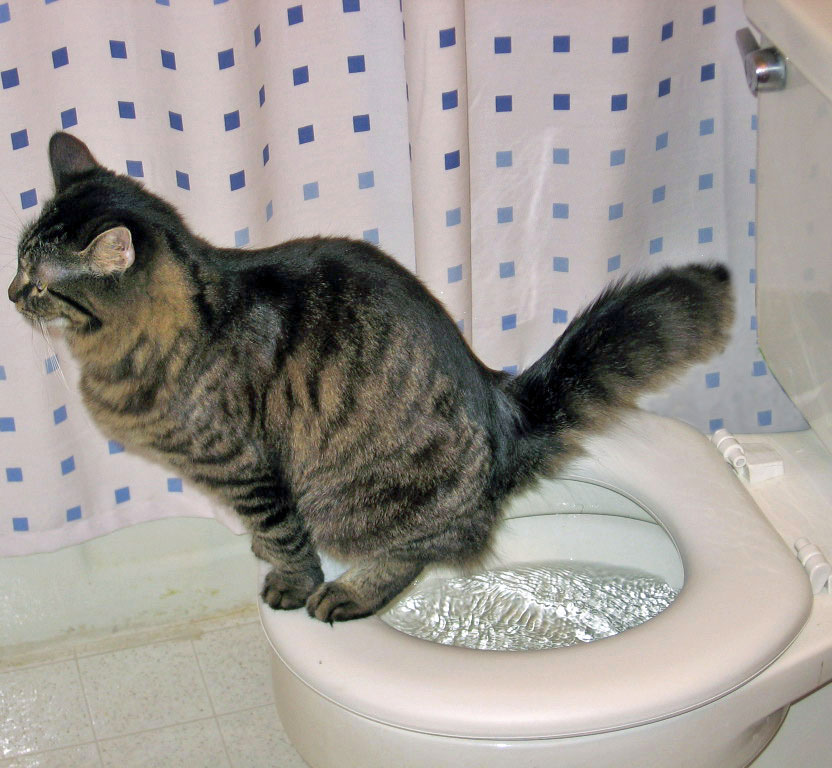Reasons You Should Never Flush Cat Poop Down Your Toilet - Important Facts
Reasons You Should Never Flush Cat Poop Down Your Toilet - Important Facts
Blog Article
This great article down below pertaining to How to Dispose of Cat Poop and Litter Without Plastic Bags is totally enjoyable. You should investigate for yourself.

Introduction
As feline proprietors, it's necessary to be mindful of exactly how we take care of our feline pals' waste. While it may appear practical to purge pet cat poop down the toilet, this practice can have damaging consequences for both the setting and human health.
Environmental Impact
Purging pet cat poop introduces unsafe pathogens and bloodsuckers right into the water supply, posturing a significant danger to aquatic environments. These impurities can negatively impact marine life and compromise water top quality.
Health Risks
Along with environmental issues, flushing cat waste can also present wellness risks to human beings. Cat feces might contain Toxoplasma gondii, a bloodsucker that can cause toxoplasmosis-- a potentially severe health problem, specifically for expectant women and people with weakened body immune systems.
Alternatives to Flushing
The good news is, there are safer and much more responsible ways to deal with pet cat poop. Take into consideration the complying with alternatives:
1. Scoop and Dispose in Trash
One of the most common method of throwing away feline poop is to scoop it into a biodegradable bag and throw it in the trash. Make certain to use a dedicated clutter scoop and deal with the waste immediately.
2. Use Biodegradable Litter
Opt for eco-friendly cat litter made from products such as corn or wheat. These trashes are environmentally friendly and can be safely dealt with in the trash.
3. Bury in the Yard
If you have a yard, think about hiding pet cat waste in a marked location away from veggie yards and water resources. Make sure to dig deep enough to stop contamination of groundwater.
4. Set Up a Pet Waste Disposal System
Buy a pet garbage disposal system particularly made for cat waste. These systems utilize enzymes to break down the waste, minimizing odor and ecological influence.
Conclusion
Accountable pet dog possession expands beyond giving food and shelter-- it likewise includes proper waste administration. By avoiding flushing pet cat poop down the commode and going with alternate disposal approaches, we can decrease our environmental footprint and secure human health.
Why Can’t I Flush Cat Poop?
It Spreads a Parasite
Cats are frequently infected with a parasite called toxoplasma gondii. The parasite causes an infection called toxoplasmosis. It is usually harmless to cats. The parasite only uses cat poop as a host for its eggs. Otherwise, the cat’s immune system usually keeps the infection at low enough levels to maintain its own health. But it does not stop the develop of eggs. These eggs are tiny and surprisingly tough. They may survive for a year before they begin to grow. But that’s the problem.
Our wastewater system is not designed to deal with toxoplasmosis eggs. Instead, most eggs will flush from your toilet into sewers and wastewater management plants. After the sewage is treated for many other harmful things in it, it is typically released into local rivers, lakes, or oceans. Here, the toxoplasmosis eggs can find new hosts, including starfish, crabs, otters, and many other wildlife. For many, this is a significant risk to their health. Toxoplasmosis can also end up infecting water sources that are important for agriculture, which means our deer, pigs, and sheep can get infected too.
Is There Risk to Humans?
There can be a risk to human life from flushing cat poop down the toilet. If you do so, the parasites from your cat’s poop can end up in shellfish, game animals, or livestock. If this meat is then served raw or undercooked, the people who eat it can get sick.
In fact, according to the CDC, 40 million people in the United States are infected with toxoplasma gondii. They get it from exposure to infected seafood, or from some kind of cat poop contamination, like drinking from a stream that is contaminated or touching anything that has come into contact with cat poop. That includes just cleaning a cat litter box.
Most people who get infected with these parasites will not develop any symptoms. However, for pregnant women or for those with compromised immune systems, the parasite can cause severe health problems.
How to Handle Cat Poop
The best way to handle cat poop is actually to clean the box more often. The eggs that the parasite sheds will not become active until one to five days after the cat poops. That means that if you clean daily, you’re much less likely to come into direct contact with infectious eggs.
That said, always dispose of cat poop in the garbage and not down the toilet. Wash your hands before and after you clean the litter box, and bring the bag of poop right outside to your garbage bins.
https://trenchlesssolutionsusa.com/why-cant-i-flush-cat-poop/

I am just very taken with Can You Flush Cat Poop Down The Toilet? and I'm hoping you appreciated the blog entry. In case you enjoyed our blog posting if you please be sure to pass it around. Thank you for your time. Visit again soon.
Show Details Report this page